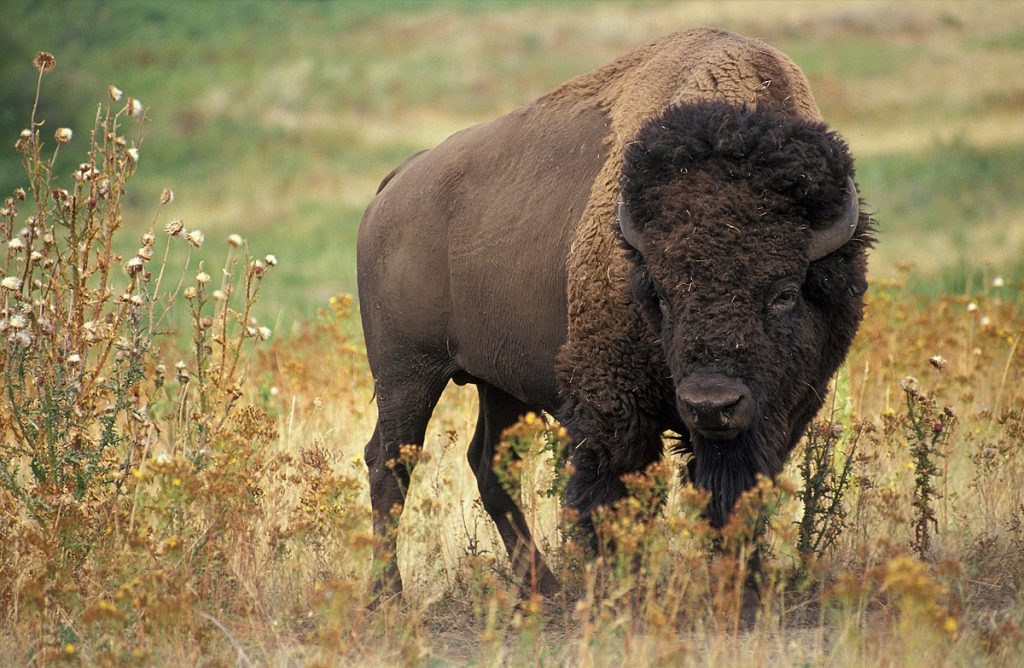Where the buffalo lives the Prairie – The tall grass prairie evolved with weather and fire, yet it was actually created by ancient geologic events.
About 65 million years ago, North America was as forested and level as the ancient sea beds that formed it.
Then, tectonic plates under the earth’s surface began to shift, creating a spine of mountains that stretched from the Sierra Nevada to the Canadian Rockys.
The Rocky’s intercepted the flow of moist air from prevailing Western winds, drying out the midsection of the country.
The arid winds opened clearings in the forest and the American plains became a vast savanna similar to the Russian steps or the primordial African grasslands. https://www.mustangcontracting.com/

As wind streams drifted eastward towards the Mississippi, they pickled up precipitation, encouraging a variety of grasses.
Short grasses grow in the shadow of the Rockys where it is high and dry. In the mid plains you will find mixed grass species.
In the furthest edge of prairie country, bordering the eastern forests, rain averages 30 inches per year and the tall grasses rise from 6 to 12 inches high.
Ice also played an important in shaping the parries. Around 18,000 years ago the earth’s climate cooled and glaciers inched down from the north.
When the glaciers retreated, they piled tons of rock, silt, and clay over the landscape and formed the hills, lakes, and watersheds of today’s Midwest.
Perhaps their greatest gift to us was the soil called prairie earth.
The development of very rich and productive soils in the American Midwest and prairies is a result of many things.
First of all and foremost, the presence of grass species themselves makes an impact.
Underneath the ground however, there is just as much material in the form of root material.
There are roots that penetrate to all depths, vertically and horizontally.
So the special distribution of roots is very intense in a prairie ecosystem.

As these roots decompose and die the soil organisms: bacteria, protozoa, fungi, and nematods use the dying roots for food.
There are upwards of 58 million bacteria in a single gram of fertile prairie topsoil.
From a distance, the tall grass prairie looks like a single simple thing. This is no monotonous meadow however.
The prairie is a diverse plant community which grows 150 types of grass and more than 300 species of wildflowers, but grass is the root of it all.
The big four native grasses of tall grass prairies are big and little blue stem, Indian grass, switch grass, and prairie cord grass.
Of these, big blue grass is the uncontested king. It rises several feet above a man’s head, loves moisture and good soil and is the preferred forage of livestock.…
